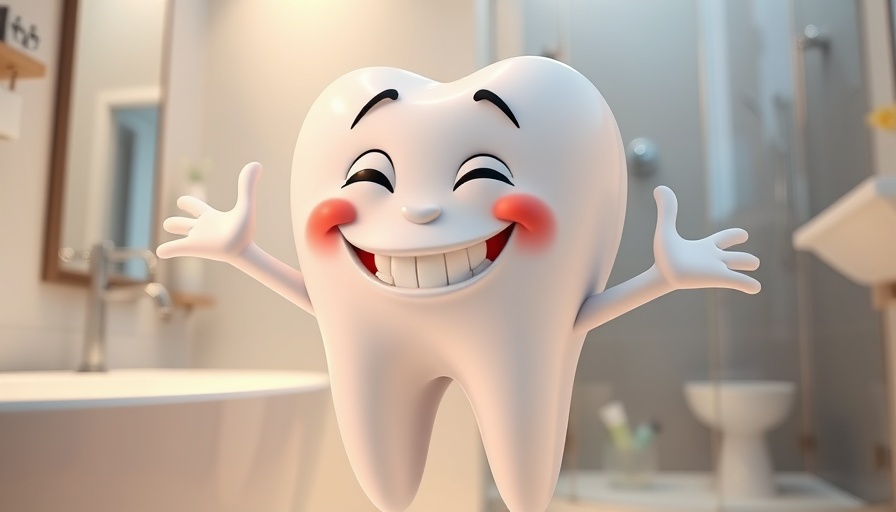
Understanding Tooth Discoloration: Why It Happens
Tooth stains can be a source of frustration for many, affecting self-esteem and confidence. But what causes these unsightly blemishes on our pearly whites? Generally, tooth discoloration can fall into two categories: intrinsic and extrinsic stains. Intrinsic stains occur within the tooth and can result from factors such as childhood illness, excessive fluoride, or trauma. On the other hand, extrinsic stains are caused by external factors like dietary choices, tobacco use, and poor oral hygiene. Popular staining culprits include coffee, tea, red wine, and soda, each of which can take a toll on our enamel and aesthetics.
Can I Remove Stains Safely Without Damaging Enamel?
The short answer is yes, but it requires a careful approach. Many people wonder if common whitening methods, like over-the-counter strips and DIY remedies, can effectively remove stains without harming tooth enamel. Enamel is the protective outer layer of your teeth, and while it can be incredibly resilient, it’s also susceptible to damage from harsh chemicals or abrasive materials.
Research shows that products containing hydrogen peroxide or carbamide peroxide can effectively whiten teeth. However, it’s crucial to use them as directed—overuse can lead to sensitivity and potential enamel damage. Opting for less abrasive whitening solutions, such as toothpaste specifically designed for stain removal, is often a safer route. These products typically contain mild polishing agents that can gently scrub stains without stripping away enamel.
Natural Remedies for Whiter Teeth
If you prefer a more natural approach, several remedies can promote whitening while preserving enamel integrity. Baking soda is a well-known home remedy; its mild abrasiveness can help scrub away surface stains when used sparingly. However, moderation is key—using too much or too frequently can wear down enamel and lead to sensitivity.
Other natural options include rinsing with apple cider vinegar diluted with water or utilizing activated charcoal in powder form. While these methods can be beneficial, they also should be used judiciously and not in excess, as they might pose risks if overused.
Importance of Professional Guidance
Consulting with a dental professional is one of the best ways to ensure you’re choosing a safe and effective path to a whiter smile. Your dentist can provide tailored advice based on your specific needs and help you identify suitable products or procedures that won’t harm your enamel. Professional whitening treatments performed in the dental office are often more effective than over-the-counter solutions and provide results more quickly while ensuring your dental health isn’t compromised.
Moving Forward: Best Practices for Dental Care
To maintain a bright smile and prevent staining, practice good oral hygiene habits. This includes regular brushing and flossing, routine dental check-ups, and being mindful of the foods and drinks you consume. It also helps to drink water or rinse your mouth after consuming staining substances, minimizing contact with your teeth. With proper care, you can enjoy a radiant smile without fear of damaging your enamel.
Tooth stains can be effectively managed—usually with a bit of patience and the right approaches. Remember that what works for one person may not work for another, so don’t hesitate to seek professional advice as you embark on your journey to a whiter smile. Maintaining good dental health ensures that your efforts to achieve a dazzling smile will be sustainable in the long run.
 Add Row
Add Row  Add
Add 




 Add Row
Add Row  Add
Add 

Write A Comment